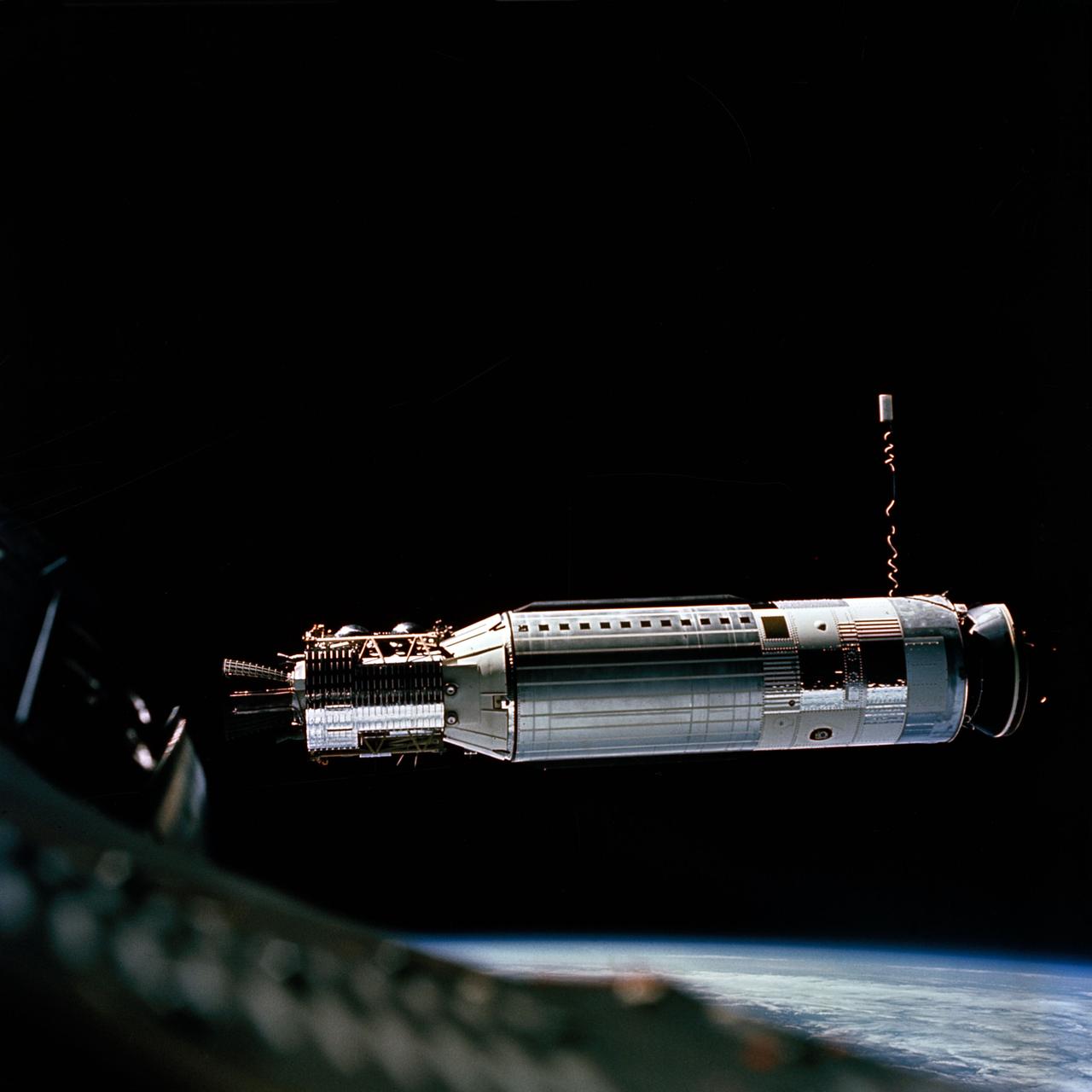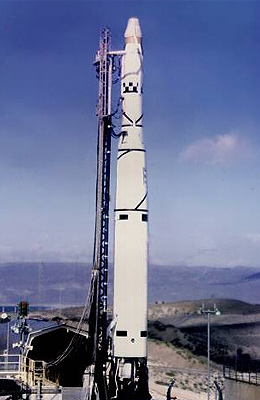

The two-man Gemini spacecraft was built by the McDonnell Aircraft Corporation of St. The Gemini VIII spacecraft is displayed at the Neil Armstrong Air and Space Museum, Wapakoneta, Ohio. The astronauts were recovered by the Gearing-class destroyer USS Leonard F. Air Force pararescue jumpers (“PJs”) parachuted from a Douglas C-54 transport and attached a flotation collar to the Gemini capsule. The mission was aborted and the capsule returned to Earth after 10 hours, 41 minutes, 26.0 seconds, landing in the Pacific Ocean at N. GEMINI PROGRAM MISSION REPORT, GEMINI VIII, Gemini Mission Evaluation Team, National Aeronautics and Space Administration, Manned Spacecraft Center, Houston, Texas,, MSC-G-R-66-4, Section 7 at Pages 7-21 and 7-22 Pitch and roll control were maintained using the pitch thrusters.Īll four retrorockets fired on time.

All yaw thrusters other than number 8 were inoperative. Some open Attitude Control and Maneuver Electronics (ACME) circuit breakers probably accounted for the inoperative hand controller noted earlier. Inspection of the OAMS revealed that the no. Angular rates were reduced to small values with the RCS B-ring. The Reentry Control System (RCS) was armed and, after trying ACME-DIRECT and then turning off all OAMS control switches and circuit breakers, was found to be operative in DIRECT-DIRECT. The hand controller appeared to be inactive.

Approximately a 3 ft/sec velocity change was used to effect separation of the two vehicles.Īngular rates continued to rise, verifying a spacecraft control-system problem. No improvement being observed, a conventional troubleshooting approach with the OAMS completely de-energized was attempted, but subsequently abandoned because of the existing rates.Īn undocking was performed when the rates were determined to be low enough to precluded any recontact problems.
#Agena rocket drivers#
The spacecraft was switched to secondary bias power, secondary logics, and secondary drivers in an attempt to eliminate possible spacecraft control-system discrepancies. Plumes from a GATV pitch thruster were visually observed, however, during a period when the ACS was thought to be inactivated.Īfter a period of relatively stable operation, the rates once again began to increase. No improvement was noted and the ACS was again commanded off. The ACS was commanded on to determine if GATV thruster action would help reduce the angular rates. The rates were reduced to near zero, but began to increase upon release of the hand controller. No visual or audible evidence of spacecraft thruster firing was noted, and the divergence was attributed to the GATV.Ĭommands were sent to de-energize the GATV ACS, geocentric rate, and horizon sensors, and the spacecraft Orbital Attitude and Maneuver System (OAMS) was activated. Shortly after sending encoder command 041 (recorder ON), roll and yaw rates were observed to be developing. Armstrong succeeded in stopping the roll but the Gemini’s attitude control fuel was dangerously low. But the rolling started again, reaching as high as 60 r.p.m. The Gemini capsule separated from the Agena, and for a few minutes all seemed normal.

The docking, the first ever of two vehicles in Earth orbit, was successful, however after about 27 minutes the combined vehicles begin rolling uncontrollably. The Gemini Agena Target Vehicle seen from Gemini VIII, 16 March 1966. The spacecraft was traveling at 17,549 miles per hour (28,242 kilometers per hour). Gemini VIII entered a 86.3 × 146.7 nautical mile (99.3 × 168.8 statute miles/160 × 271.7 kilometers) elliptical orbit. Gemini VIII/Titan GLV-8 accelerates toward Low Earth Orbit, 16 March 1966. Their mission was to rendezvous and dock with an Agena Target Vehicle launched earlier aboard an Atlas rocket. Robert Goddard’s first liquid-fueled rocket, Gemini VIII, with command pilot Neil Alden Armstrong and pilot David Randolph Scott, lifted off from Launch Complex 19 at the Cape Kennedy Air Force Station, Cape Kennedy, Florida, aboard a Titan II GLV booster. Eastern Standard Time), forty years to the day after the launch of Dr. Gemini VIII lifts off from Launch Complex 19, Cape Kennedy Air Force Station, 16:41:02 UTC, 16 March 1966.


 0 kommentar(er)
0 kommentar(er)
